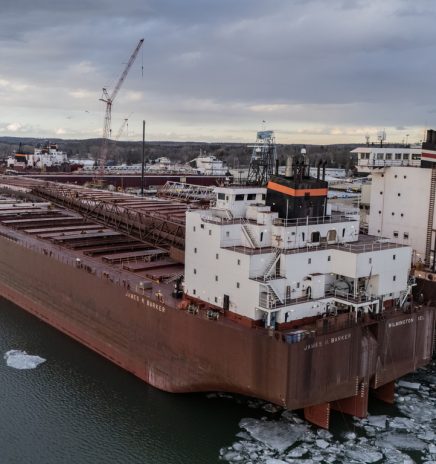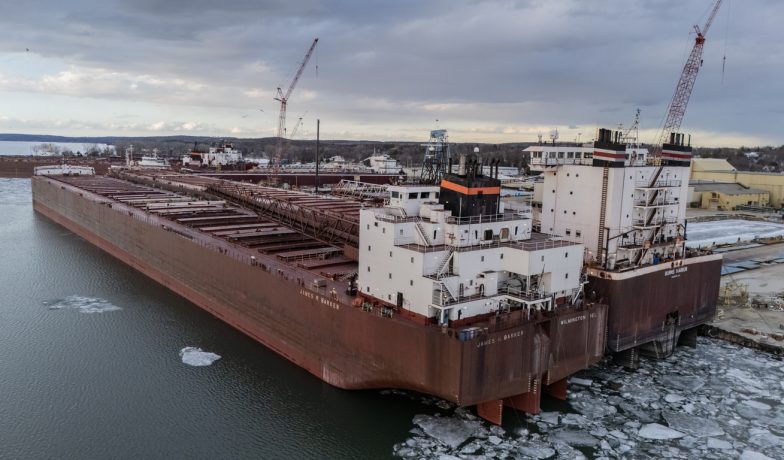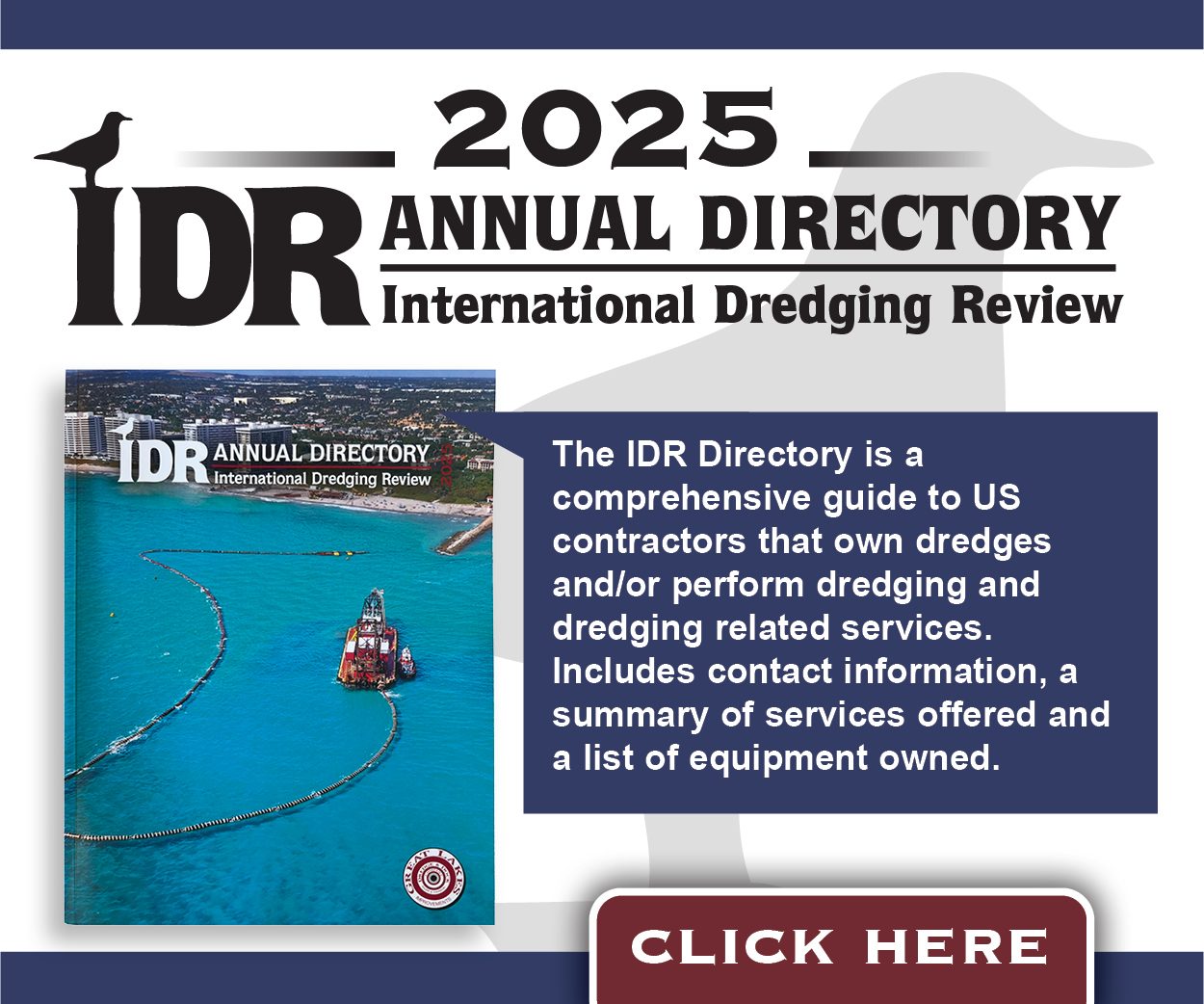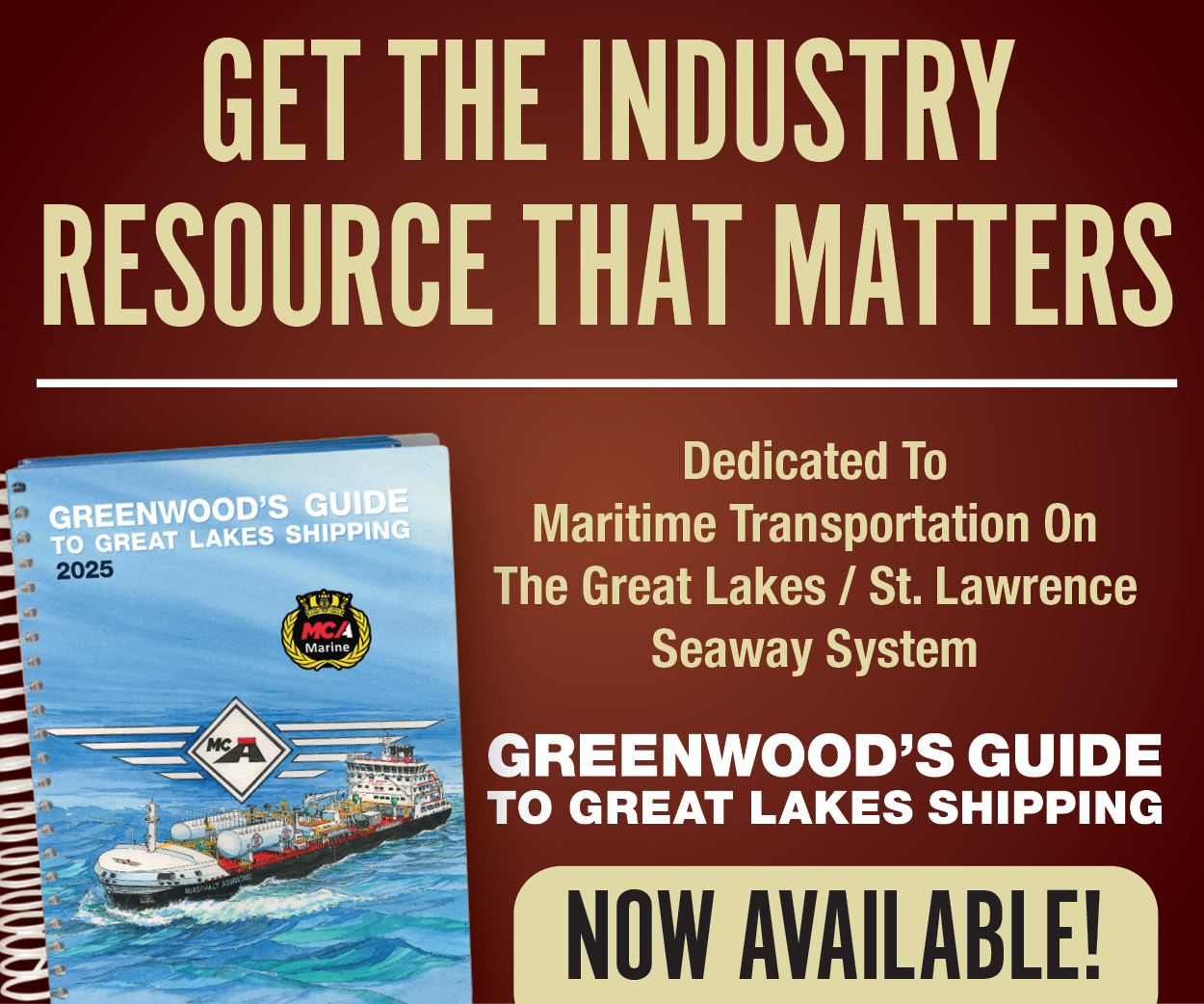The Comeback of American Shipyards
Historically, the Great Lakes region has played a crucial role in American shipbuilding. However, due to decades of under-investment and shifting global markets, many shipyards in the Great Lakes area have scaled back operations or closed entirely.
Could this executive order be the lifeline the industry needs, or is this just wishful thinking? To answer that question, we need to examine the region’s shipbuilding legacy, the opportunities offered in the order and the challenges of transforming outdated shipyards into modern, competitive centers of progress and innovation.
Reviving a Proud Legacy
The Great Lakes region was once home to some of the most productive shipyards in the United States, playing a vital role in the construction of merchant vessels, military ships and cargo carriers. Towns from Cleveland to Manitowoc to Superior thrived as shipbuilding hubs, employing thousands of workers and driving significant economic activity.
Today, shifts in global manufacturing, declining and often non-existent federal investments and increasing competition from international players have left many of these shipyards in disrepair, or they have disappeared altogether. Only a fraction of the industry remains active, primarily focused on maintenance, repair and smaller-scale construction. This new executive order could offer a chance to reverse this decline and restore the region’s reputation as a leader in shipbuilding.
However, to regain competitiveness on the global stage, the American maritime industry must do more than repair old facilities. Modernization, incorporating advanced technologies and streamlined processes are essential.
Challenges in Rebuilding
While MAP seems to hold promise, there are significant obstacles ahead.
First, the cost gap between American and the current world leader in shipbuilding, China, is huge. Labor and facilities in the United States are much more expensive than in competitor nations. Additionally, China’s government subsidies give its shipyards a considerable advantage. To level the playing field, the United States would require its own subsidies or other financial incentives. The idea of a Maritime Security Trust Fund and financial incentives for private investment is a step in the right direction. However, long-term success will depend on consistent policy support across multiple administrations and a bipartisan backing in Congress. Stakeholders in the Great Lakes region must advocate hard to ensure continuous federal funding in order to turn short-term wins into sustainable long-term progress.
The directive for U.S. trade representatives to address China’s unfair practices is also a positive move, but its effectiveness remains uncertain. Resolving trade issues and addressing China’s dominance will require continued coordinated efforts between government agencies and significant international diplomacy.
Another challenge is that many of the Great Lakes shipyards have outdated equipment and infrastructure, making it hard to meet modern standards without substantial investments. To compete globally, these shipyards will have to adopt advanced technologies such as digital design tools, automation and the use of lightweight materials. Modernizing these facilities will require both extensive funding and expertise. While the move to enforce the collection of a harbor maintenance fee could generate additional revenue for infrastructure investments in the region, successful implementation will require seamless coordination between federal agencies, state governments and private firms.
Prioritizing green shipbuilding practices is also critical to addressing environmental concerns and aligning with global and infrastructure goals. While going green offers immense potential, it also brings higher costs for the ship and more complex regulations. Overcoming these hurdles will demand creative solutions and partnerships between the public and private sectors to balance both sustainability and profitability.
Lastly, a shortage of skilled workers poses a critical challenge. Expanding training programs for mariners and shipyard workers is essential. Building a talent pipeline will take time and require collaboration between industry leaders and educational institutions. Workers must be trained in advanced technologies, digital manufacturing and sustainable engineering to support a thriving, modern shipbuilding industry.
Opportunities for the Great Lakes
The Great Lakes region stands to benefit considerably from the MAP’s push to revitalize U.S. shipbuilding. With federal and private investments, defunct shipyards could be transformed into modern facilities capable of constructing next-generation military and commercial vessels. Upgraded infrastructure, workforce training and new technologies could again put the Great Lakes region on the map for maritime shipbuilding.
By modernizing shipyards, the region can boost its adaptability, focusing on not only container ships but also smaller vessels for domestic use. Sustainability, a priority in modern shipbuilding, presents an opportunity for the Great Lakes to become a leader in eco-friendly practices. By investing in alternative fuels and green materials, as well as hybrid or electric propulsion systems, the region could set a global precedent for green maritime technology. This shift would not only benefit the environment but also provide a competitive edge for U.S. shipyards.
But modernizing shipyards isn’t enough. The emphasis on mariner training within the executive order is equally vital. Investments in education programs through institutions such as the Great Lakes Maritime Academy and the U.S. Merchant Marine Academy can prepare a new generation of skilled workers for advanced technology and processes. Programs focused on robotics, artificial intelligence and sustainable engineering could establish the region as a renowned source of maritime expertise. This presents an opportunity to develop a new generation of skilled workers tailored to the advanced technology and processes required in modern shipbuilding.
A Turning Point
This moment feels like a turning point. With the executive order signed, and if subsequently adopted and funded by Congress, we could witness a transformation in the Great Lakes’ role within the U.S. maritime industry. Strategic decisions, innovative ideas and smart investments could help reclaim the region’s shipbuilding legacy and redefine the industry’s future.
Does this ambitious plan have a chance to succeed? I believe that the answer is a resounding “Yes!” One only needs to see the success that Fincantieri has had in Sturgeon Bay and Marinette, Wisconsin. While it didn’t happen overnight, and it required millions of private investment dollars, they have shown us a clear path to be followed.
The next era of shipbuilding could start here. The real question is, will we seize the opportunity?
Photo: Fincantieri Bay Ship Yard in Sturgeon Bay, Wisconsin/Image courtesy of John Touscany

The Comeback of American Shipyards
On April 9, U.S. President Donald Trump signed an executive order designed to revitalize the United States maritime industry. With the Maritime Action Plan (MAP) at its core, this initiative... Read More

New Technologies: Are efficiencies and opportunities taking us backward?
My briefcase was stolen out of my car while I was traveling recently. In addition to having to cancel or report stolen articles like my passport, my Nexus card, my... Read More



